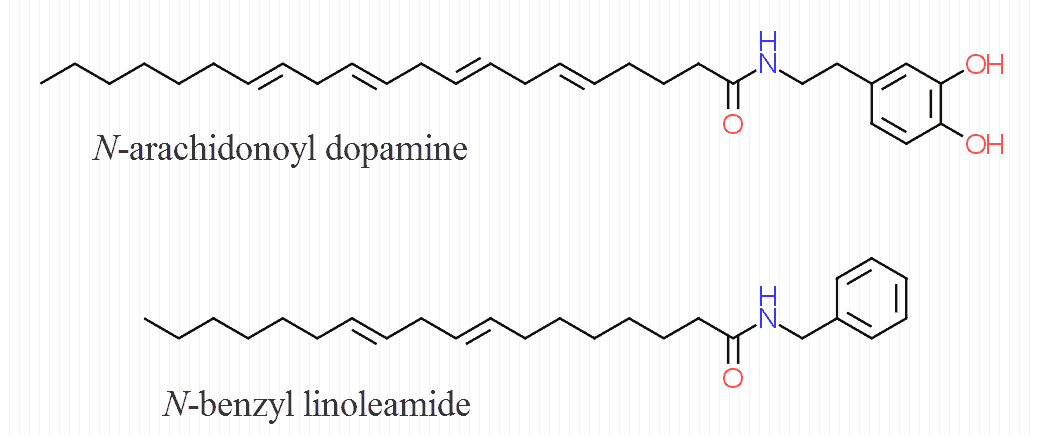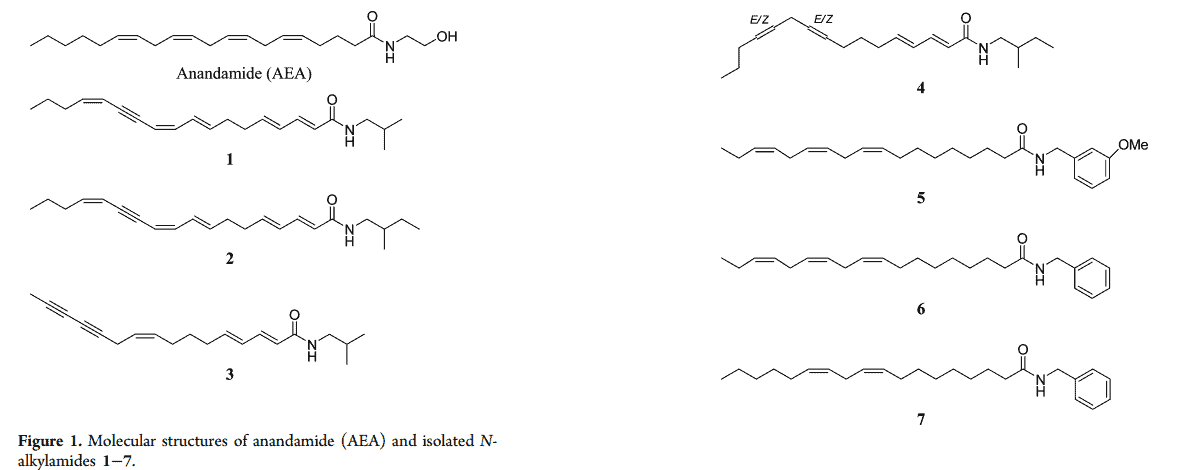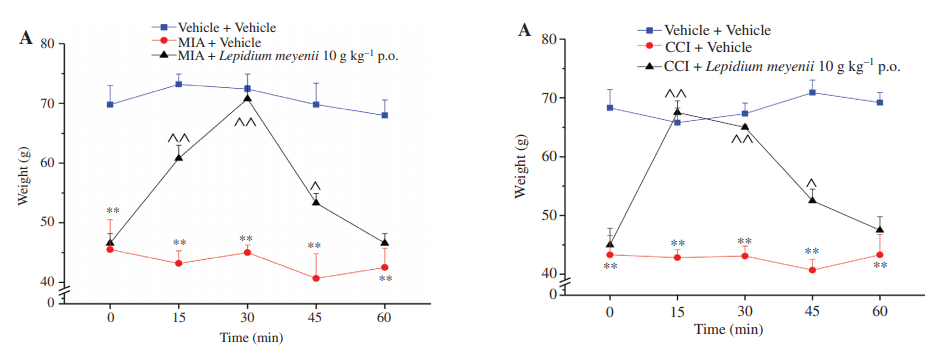
Great news for men who can’t or don’t want to use cannabis
—-Important Message—-
Why women lose interest in sex and how to reverse it

If you’re in a long-term relationship, just leaving one, or looking to get into one — know this…
There’s a reason why a woman starts losing interest in sex.
And it’s not because of hormones or poor performance on your part…
The real reason women lose interest in having sex is due to what I call the “Generous Giver Effect.”
And now that I understand how the Generous Giver Effect works, I’ve come up with a solution…
…a way to keep a woman interested in sex no matter how long you’ve been together…
———-
How to get the benefits of cannabinoids without using cannabis
For millennia, plants of all types have been used as food for their unique biological effects…
And for millennia we’ve used these plants without much of a detailed understanding of how they work.
It’s now known that the characteristic effects of certain herbs arise because one, or more than one, of their molecular compounds bind to a specific receptor within the human body.
For example: morphine binds to the μ-opiate receptor, caffeine binds to the adenosine A1 and A2A receptors, muscarine binds to M1 acetylcholine receptors, and tetrahydrocannabinol (THC) binds to the cannabinoid CB1 receptor.
In many cases, such as with THC and morphine, the corresponding receptor was discovered and named after the plant compound, and only afterwards was the endogenous ligand(s) discovered.
So no, we didn’t evolve specific receptors just so we could get high off certain plants.
Unfortunately we don’t have this convenient excuse to smoke opium and weed.
Our receptors are still being activated by ligands that we make ourselves, even when the plants they’re named after aren’t consumed.
For instance: It is now known that the peptide hormone β-casomorphin also binds μ-opiate receptors, acetylcholine binds nicotinic and muscarinic receptors, and fatty acid amides bind the cannabinoid receptors.

This latter receptor has a special relevance for maca (Lepidium meyenii), an Andean root that contains molecules structurally similar to endogenous cannabinoids.
In particular, the maca compound N-benzyl linoleamide is rather reminiscent of the endocannabinoid N-arachidonoyl dopamine:

These fatty molecules are called macamides, and their activity on cannabinoid receptors have recently been confirmed.
This should be no surprise, considering macamides’ similarity to endocannabinoids.
Like THC, macamides have also been shown to reduce pain. This is good news for those who cannot legally consume cannabis or have an aversion to such.
The first hard evidence that macamides influenced the cannabinoid system comes from a research group in Boston.
They showed that macamides are fairly potent inhibitors of fatty acid amide hydrolase (FAAH), the enzyme tasked with breaking down endogenous cannabinoids.
Because of this, macamides can be seen as potentiating the effect of endogenous cannabinoids by increasing their concentrations.
A more important discovery came a few years later, when macamides were shown to bind directly to the cannabinoid CB1 receptor itself:

The cannabinoid-type molecules in this study are chemically known as N-alkyl amides and were derived from 2 sources: the false sunflower (Heliopsis helianthoides) and maca root (Lepidium meyenii).
7 closely related compounds were isolated and studied, a few coming from each plant source.

Unlike the earlier Boston studies, they determined not only FAAH activity of each compound, but other aspects of the endocannabinoid system such as: CB1 affinities, CB2 affinities, and inhibitions of anandamide uptake.
The most potent compound by far was №7, a macamide, and it won in every respect.
This compound is chemically known as N-benzyl linoleamide, and was found to activate the CB1 cannabinoid receptor with a binding affinity (Ki) of 480 nM.
Compare this to the binding affinity of the similar N-arachidonoyl dopamine, the endocannabinoid shown above, which has been determined at 250 nM.

Although N-benzyl linoleamide isn’t quite as potent as THC at the CB1 receptor, it also inhibits anandamide uptake and the enzyme which metabolizes it (FAAH) — 2 things that increase the activity of endogenous cannabinoids.
It is also legal in all countries and all North American states.
So not only does it activate CB1 receptors, it also increases the ability of the endocannabinoids already present to activate CB1 receptors.
Although N-benzyl linoleamide is only present in maca at concentrations of 83 micrograms per gram, on average, the roots also have many other similar macamides.
All macamides taken together add up to a concentration range of 0.392–2.950 milligrams per gram of dried root.
So is this enough cannabinoid activity to inhibit pain you may ask? Well.. .

Following on the heels of the maca in vitro cannabinoid studies, Italian researchers set out to find whether it was orally active in rats.
For this, they first extracted the macamide fraction of the root, free of everything else, including the glucosinolates and flavonoids.
After this process they fed the macamides to rats previously given monoiodoacetate (MIA), paclitaxel, oxaliplatin, or chronic constriction injury (CCI) to induce neuropathic pain.
Changes of the pain threshold were quantified in a few sadistic ways: the paw pressure test, the incapacitance test, and the cold plate test.
It was found that the maca extract at 10 g⁄kg reverted towards normal the pain thresholds of the neuropathic rats, peaking at around 30 minutes.
This was true of the paw pressure test for example, as shown below, with the maca extract increasing the weight (force) that can be applied to the rats’ paws before they feel pain.

So the macamides can certainly decrease pain in vitro, yet their transient effects might indicate that they’re quickly metabolized. This is understandable considering their close similarity to the natural physiological cannabinoids.
“In conclusion, L. meyenii extract is effective as a pain reliever in different models of persistent pain, both in those with a predominant inflammatory component and in those with a predominant neuropathic aspect.” ―Tenci, 2017
For this reason you’d probably have to consume maca a few times per day, but there are other reasons why you may want to take it.
Maca is mostly known for increasing fertility, not pain.
This profertility effect has been scientifically confirmed in both mice and humans, yet the precise reason had long eluded researchers.
This is because maca works on both sexes, male and female, and doesn’t have any direct androgenic effects.
In fact, he mechanism was discovered only a few months ago, and is something that makes complete sense of all data:

[This article is so new that only the crude transcript is available, unfortunately.]
As mentioned earlier, no biological mechanism has yet been proposed to account for the profertility effects of maca.
Because of this, a group of Chinese researchers set out to do just that.
“Maca (Lepidium meyenii), a well-known plant from the Andean highlands of Peru, has been used widely as a nutritional supplement to increase sexual function and fecundity. However, the identity of its active ingredients and how they function remain unknown.” ―Cheng, 2020
They began their study by taking 42 maca samples of assorted color, cultivar, and origin, and then feeding them to flies.
Upon counting how many offspring each group of flies had, they then correlated this against the chemical profile of each sample of maca.
They found that 12 molecules of maca have profertility effects greater than 1, with 2 in particular being highly significant:
Namely, these were lepidiline-A and lepidiline-B.

They confirmed the profertility activity of lepidiline-A in isolation in flies, which was dose-dependent, and then again in mice.
There could be little doubt that they’d found their molecule.
In mice, they found that lepidiline-A increased the ratio of plasma testosterone to androstenedione in males.
This pro-androgenic effect is consistent with 2 other studies on maca, 1 using isolated rat Leydig cells and the other whole mice.
This molecule was also found capable of increasing the estradiol∶estrone concentration in females.
Upon considering this, along with the increase in the testosterone∶androstenedione ratio in males, you might suspect that it’s acting on the 17β-HSD enzymes somehow.

This is because the same enzyme that converts androstenedione into testosterone in males also converts estrone into estradiol in females.
Following up on this finding, the researchers then synthesized an analogue of lepidiline-A with a chromophore attached.
They then used specific frequencies of light to detect lepidolite-A within the cell and determine exactly what protein it’s binding to, via Western blot and specific antibodies, of course.
They also created beads with lepidiline-A molecules attached in the pursuit of binding and capturing the target protein.
Both methods conclusively revealed that 17β-HSDB1 was the protein to which lepidiline binds, a target fully consistent with its previously noted effects on sex steroids.
They had concluded that lepidiline-A activates, or “stabilizes,” the enzyme in such a way as to increase its activity.
So it’s official: maca is without doubt a fertility=inducing plant and its mechanism is nearly certain.
It also contains cannabinoids, which are helpful for reducing pain.
So if you’ve ever wanted a supplement that is both analgesic and androgenic, maca is perhaps your best bet. It might really be the plant that does both.
—-Important Message for Men in Pain—-
This “manly element” obliterates pain and can cure arthritis in 2 weeks or less
Dr. Rex Newnham was the first person to discover this incredible natural pain reliever.
See, he developed arthritis while working as a plant and soil scientist in Australia in the 60s…
And he found no relief with traditional treatments — which is why he turned to plants and natural remedies.
And after years of experimentation, he identified this one Manly Element as a powerful, natural arthritis cure.
Now Big Pharma is doing their best to ban it… even though it’s as safe as table salt…
But you can still get this “manly element” if you know where to look…
———-
